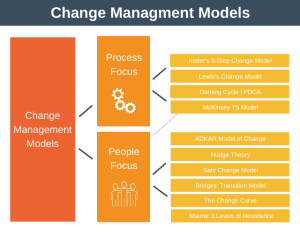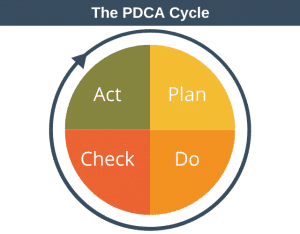Who ultimately decides if a project or program is successful or a failure? The simple answer to this question is that people decide. People decide based on whether the project or program met their expectations or not.
Knowing this, it’s possible to understand why expectation management is important, and how a project could be perceived as a success even if it didn’t deliver all its initial scope but did hit its planned delivery date, because the delivery date was the primary driver of perceived success. You’ve maybe even experienced projects where the targeted delivery date was missed, but the complete scope was eventually delivered, and the project was thus considered a success. It’s even possible to have a project that delivers its full scope, on-time and on-budget, yet is considered a failure. Once reason why this might happen is because stakeholder expectations were set well above what the project was ever going to deliver at the outset, but then these expectations were never checked or realigned to the reality of the project.
You can think about expectations as being broader than requirements. In a way they are the requirements or expected benefits, but as perceived through the eyes of your stakeholders and anyone else involved with the project.
If you don’t manage expectations carefully then you can end up with an “expectation gap” larger than any actual gap between delivered benefit and expected benefit, as shown in the following diagram.
In the diagram above you can see that the top line represents the expected value to be delivered as time progresses. This line shows that it’s possible for expectations to move up as well as down over time, and that this normally happens in a stepwise fashion, as a result of some event or trigger. The middle line shows the actual value delivered by the project as time progresses. The bottom line shows the consensus view or perceived value delivered. At any point in time the gap between the actual value delivered line and the perceived value line is known as the expectation gap.
As the diagram shows, if you’re not careful to manage expectations then the gap between perceived value and expected value can be larger than the true gap between expected value and delivered value. Thus the project or program is perceived as having a far worse result than the actual situation.
It should already be clear to you why it’s important to pay very close attention to managing expectations. But just in case it’s not, let me state it explicitly: you need to manage expectations because perception is one of the primary measures of both a projects success and your success. You should be continually setting, monitoring, and adjusting expectations through continuous communication to minimise the time any expectation gaps exist.











